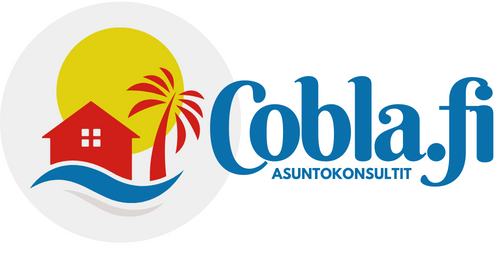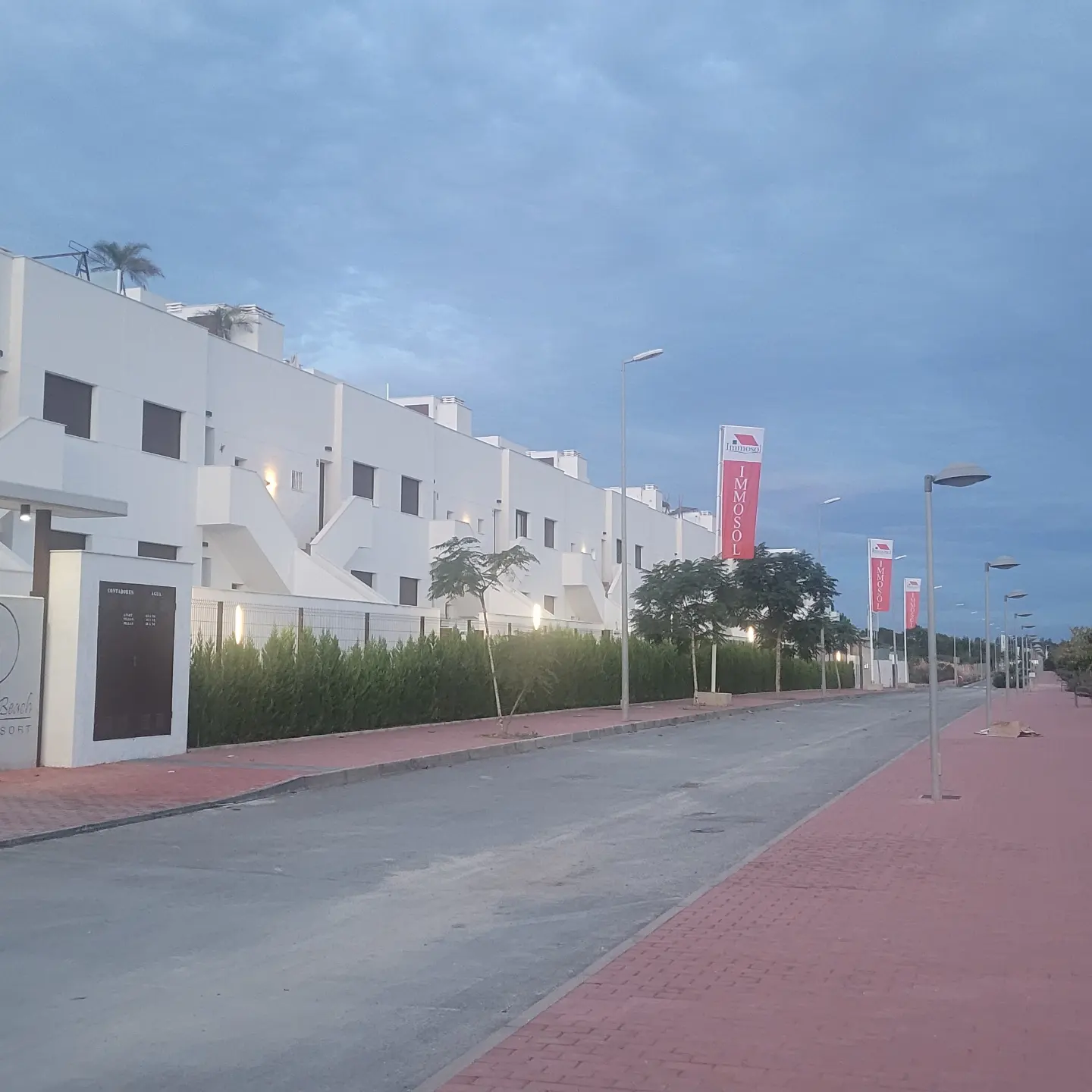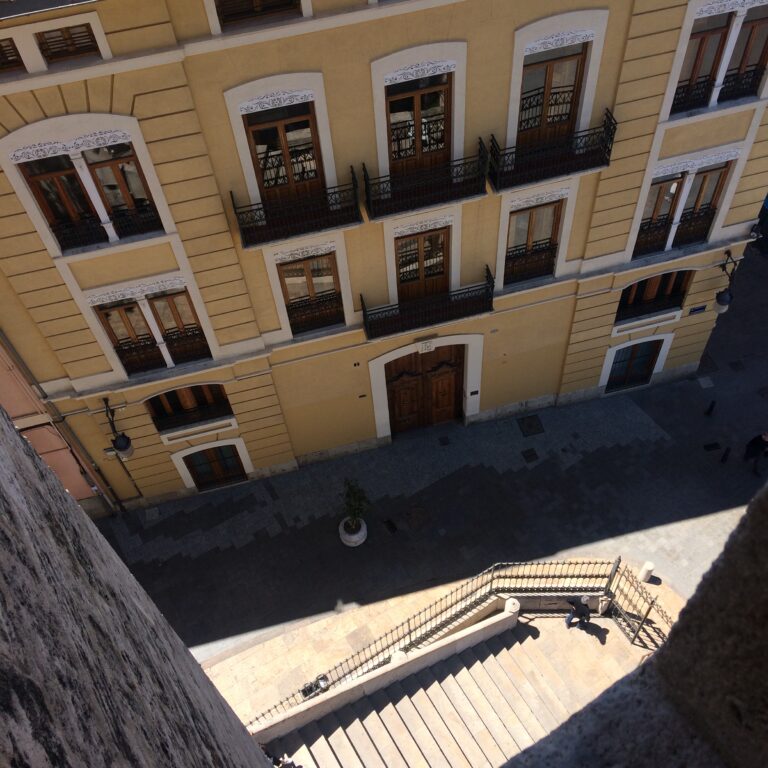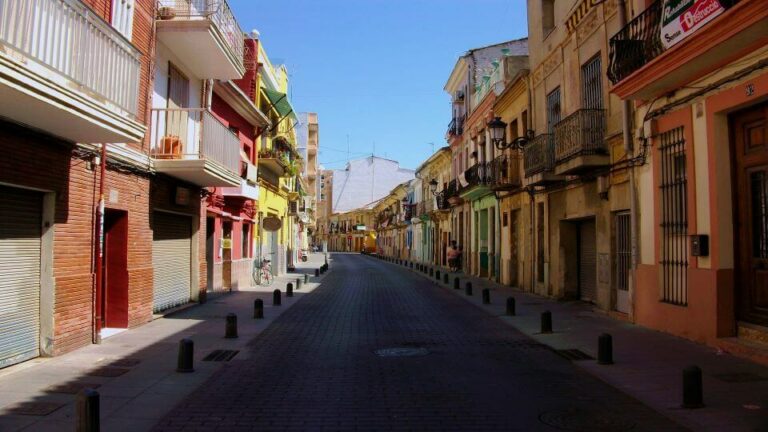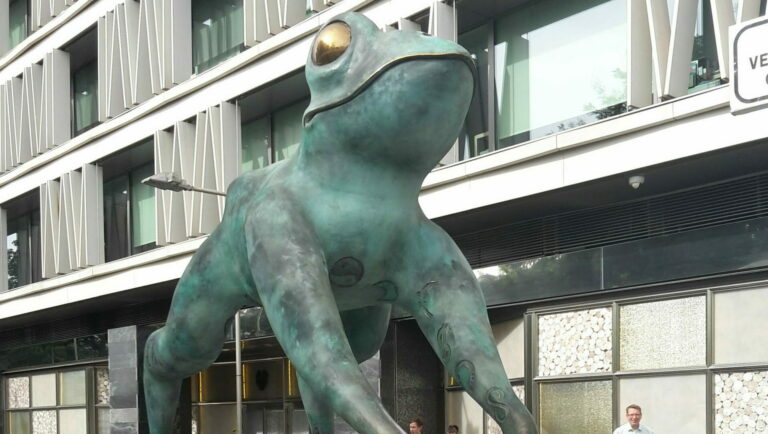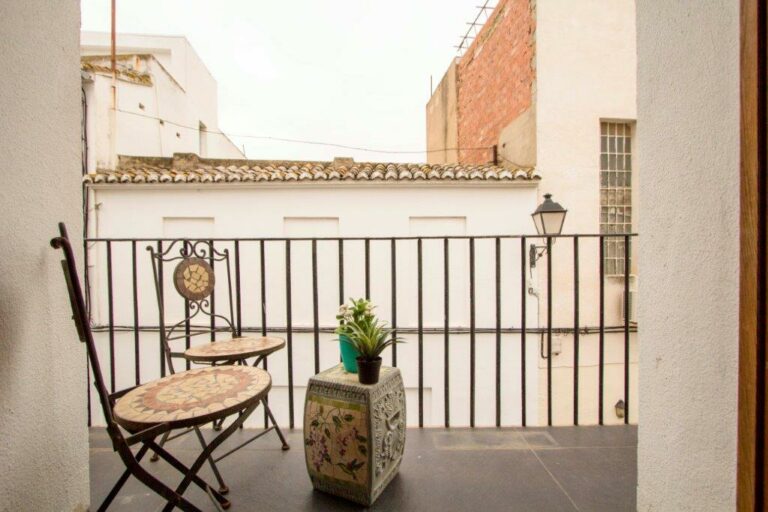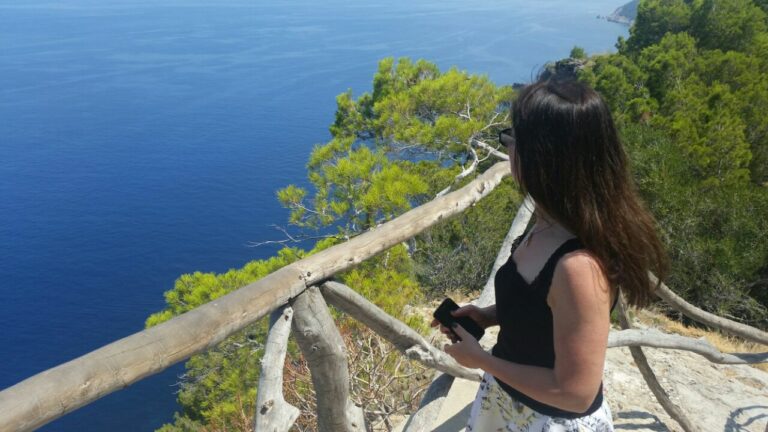80 % rakennuksista on kunnostettava, jotta ne voidaan vuokrata tai myydä
Eu:n tavoite on, että kaikkien olemassa olevien ja uusien rakennusten tehotaso on korkeampi kuin E vuoteen 2030 mennessä ja D vuoteen 2033 mennessä. Vuonna 2050, kun EU haluaa vähentää hiilidioksidipäästöjä, näiden rakennusten on oltava päästöttömiä. EU arvioi, että vähintään 35 miljoonassa kodissa on tehtävä perusteellinen peruskorjaus. Niitä, joita ei ole kunnostettu ja joiden energiatehokkuus on vahvistettua alhaisempi, ei voida myydä tai vuokrata. Energiakunnostuksesta tulee ensisijainen tavoite tulevaisuuden eurooppalaisen yhteiskunnan rakentamisessa. Espanjan hallitus saa rahoituksen Euroopan uniolta hankkeen rahoittamiseksi, yhteensä 1,9 miljardia euroa. EU:n tuki tarjoaa mahdollisuuden edistää energiatehokkuutta Espanjan ikääntyvässä kiinteistökohteissa, jossa yli puolet kiinteistöistä on rakennettu ennen vuotta 1980 ja 17% 1960-luvulla.
“Päästötön rakennus”
Tähän asti sen edellytettiin olevan vain erittäin tehokas energian suhteen, mutta CO2-päästöjä vähentäminen on tehtävä koko elinkaaren ajan. “Et vain voi rakentaa tehottomia rakennuksia, vaan se on tehtävä myös erittäin pienellä hiilijalanjäljellä, mukaan lukien materiaalit”, selittää Dolores Huerta, Green Building Council Espanjan (GBCe) pääjohtaja. Kaikkien vuoden 2028 jälkeen rakennettavien asuntojen tulee olla päästöttömiä. Kunnostustyöt, jotka perustuvat seinien, kattojen tai matalien lattioiden eristysjärjestelmien parantamiseen, ilmanvaihtoon ja lämmitykseen, ovat avainasemassa parantamaan CEE:n kirjainta, joka tarvitaan kiinteistön myymiseen tai vuokraamiseen. Tarkoitus on siirtyä kirjaimesta E kirjaimeen C energialuokituksessa.
A on kestävin ja G vähiten
Espanjan asuntokanta on siis keskimäärin 45 vuotta ja suurin osa rakennuksista on peräisin ajalta, jolloin rakentajia vaativat määräykset eivät olleet vielä tulleet voimaan. Tämä tarkoittaa, että asuntojen yleisin energialuokitus on E, joka on yksi saastuttavimpia asteikolla A:sta G:hen. A on kestävin ja G vähiten. Itse asiassa 84 prosenttia Espanjan kodeista on kolmella viimeisellä sijalla, eli ne saavat E-, F- tai G-luokituksen energian säästöinstituutin (IDAE) mukaan. Tämän vuoksi ei ole yllätys, että neljä viidestä Espanjan rakennuksesta on energiatehottomia. Itse asiassa asuminen on kolmas hiilidioksidipäästöjen aiheuttaja liikenteen ja teollisuuden jälkeen. Asiantuntijat ovat sitä mieltä, että jopa 20% energiankulutuksesta voidaan säästää, jos kodin kunnostus tehdään kunnolla
Kuluttaja- ja käyttäjäjärjestön (OCU) tuoreen tutkimuksen mukaan vain 19%:ssa kodeista on julkisivu lämpöeristetty, vain kahdessa kymmenestä rakennuksesta on hyvä lämmöneristys ja vain 31 prosentissa kaikki. Ikkunat on suojattu kaihtimilla tai markiiseilla, millä on negatiivinen vaikutus planeetan suojeluun. Kaikkeen tähän on lisättävä, että kestävä koti auttaa vähentämään sähkö-, kaasu-, lämmitys- tai vesilaskujamme. Jokaisen pitää olla tarkkana energiankustannusten kanssa. Espanjan kiinteistönvälittäjien virallisten korkeakoulujen yleisneuvoston tekemän tutkimuksen mukaan hyvän energiatehokkuuden omaavien asuntojen kysynnän on havaittu lisääntyneen pandemian alkamisen jälkeen 30 prosentilla. Energiatehokas koti ei ole ollenkaan kalliimpi, mikä on helposti todennettavissa syntyvien energialaskujen määrän pienentymisellä. Energiatehokas koti on osa tulevaisuutta ja tulevat sukupolvet kiittävät.
Vihreiden asuntolainojen nousu
Rahoitusala on myös mukauttanut tuotteitaan tämäntyyppisiin asuntoihin niin sanottujen vihreiden asuntolainojen avulla. Sen tavoitteena on kytkeä asuntolainan korko asunnon energiatehokkuuteen soveltamalla normaalisti 0,1 pisteen alennusta ja poistamalla tai alentamalla avausprovisiota ja asuntolainaprosenttia kiinteistön arvosta yli 80 %, yleensä 60%-70% asunnon arvosta. Tietääkseni Suomessa ei ole tarjolla vihreitä asuntolainoja, vaan väriltään punaisia asuntolainoja, jos niille halutaan jokin väri valita. Lähivuosina on ennustettu vihreiden asuntolainojen buumia, jolla palkitaan asuntojen kunnostaminen ja energialuokituksen parantaminen.
Veroedut
Espanjalaiset ovat myös kannattaneet kotinsa energiatehokkuuden edistämistä siinä tapauksessa, että he saavat veroetuja. Fotocasa Researchin tuoreen analyysin mukaan 75,9 % haastatelluista puolustaa, että tuloverotuksen helpotus olisi tehokas keino kestävän asunnon hankinnassa. “Espanjalaiset ovat yhä tietoisempia kotien energiatehokkuudesta ja kulutuksesta ja pikkuhiljaa he näkevät, kuinka sähkölaskua on mahdollista alentaa vaihtoehtoisten energiamuotojen, kuten aurinkoenergian ansiosta”, selittää Fotocasan tutkimusjohtaja ja tiedottaja Maria Matos.
Kuinka parantaa kodin enerrgiatehokkuutta
Mutta miten voimme parantaa kodin energiatehokkuutta? Tässä voisi soveltaa kolmen K:n periaatetta, käytä vähemmän, käytä uudelleen ja kierrätä. Esimerkiksi sähkön tai kaasun vähentäminen talon lämmittämisessä käyttämällä kodinkoneita viisaasti tai alentamalla haluttua lämpötilaa yhdellä asteella. Vaihda valot LED-valoihin tai puhdista liesituulettimen tai ilmastointilaitteen suodattimet säännöllisesti. “Emme ainoastaan vältä turhaa kulutusta, vaan pidennämme laitteiden käyttöikää vähentämällä niiden vaihtotarvetta”, neuvovat asiantuntijat.
Kuinka paljon hinnat jatkavat nousuaan?
“Noin joka 8. tai 9. vuosi hintojen kehityksessä tapahtuu käännekohta, joko ne nousee tai laskee”, Fernández-Aceytuno selittää. Juan Fernández-Aceytuno on yksi Espanjan arvostetuimmista kiinteistöalan johtajista.
“Onko olemassa uuden asuntokuplan riski?
Kuulemme kannanottoja, kuulemme mielipiteitä, mutta todellisuudessa analysoimme numeroita ja markkinoita. Finanssialaa rokotettiin vuonna 2008. Siksi se, että rahoituslaitosten riskipolitiikka on pysynyt näinä vuosina varovaisena ja järkevänä, helpottaa sitä, ettei stressitilannetta ole. Espanjan asuntolainasalkut ovat paljon vakavaraisemmassa asemassa, korot ovat alhaisimmillaan…”, Juan Fernández-Aceytuno vastaa.
Vuonna 1990 asuntojen hinnat saavuttivat maksiminsa, sitten ne pysähtyivät vuonna 1998. Sitten hinnat nousivat uudelleen ja saavuttivat huippunsa vuonna 2007. Yhdeksän vuotta myöhemmin romahtavat uudelleen ja koskettavat pohjaa vuonna 2015. Sitten asuntojen hinnat lähtivät taas nousuun. Tämän trendin mukaisesti vuosi 2023 voi olla viimeinen asuntojen hintojen nousuvuosi, mutta toisaalta pandemia muutti tilannetta ja nousu saattaa kestää odotettua pidempään. Asuntomarkkinat ovat olleet yksi harvoista, jotka ovat selvinneet lähes vahingoittumattomina pandemiasta.
